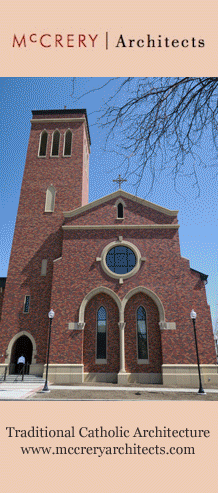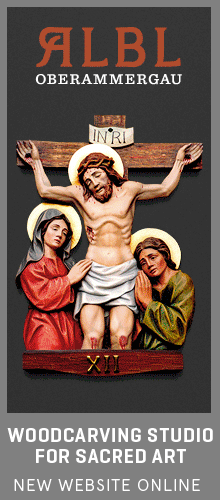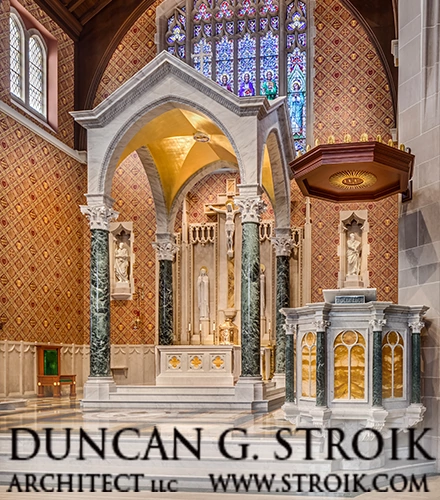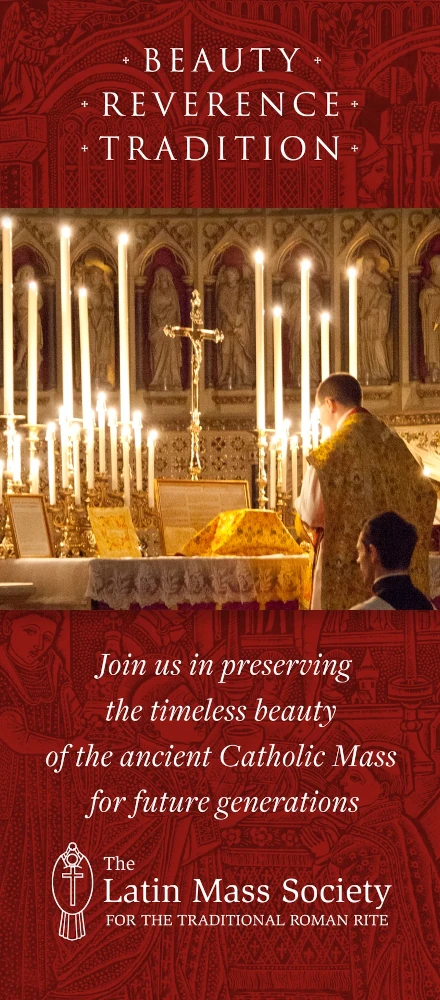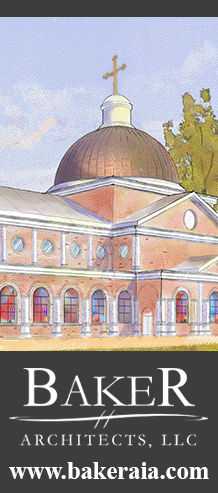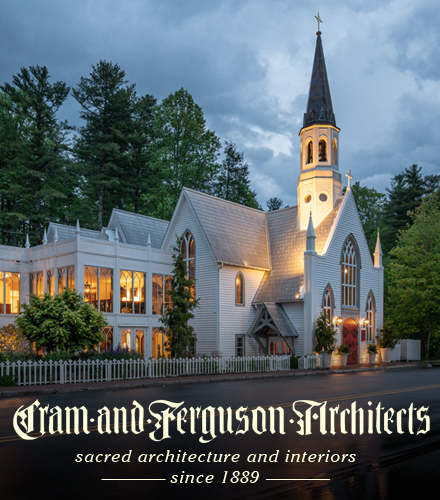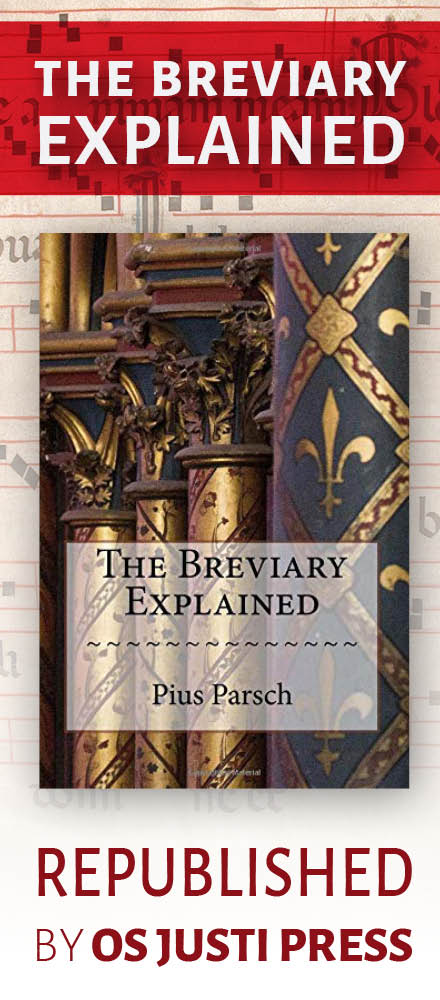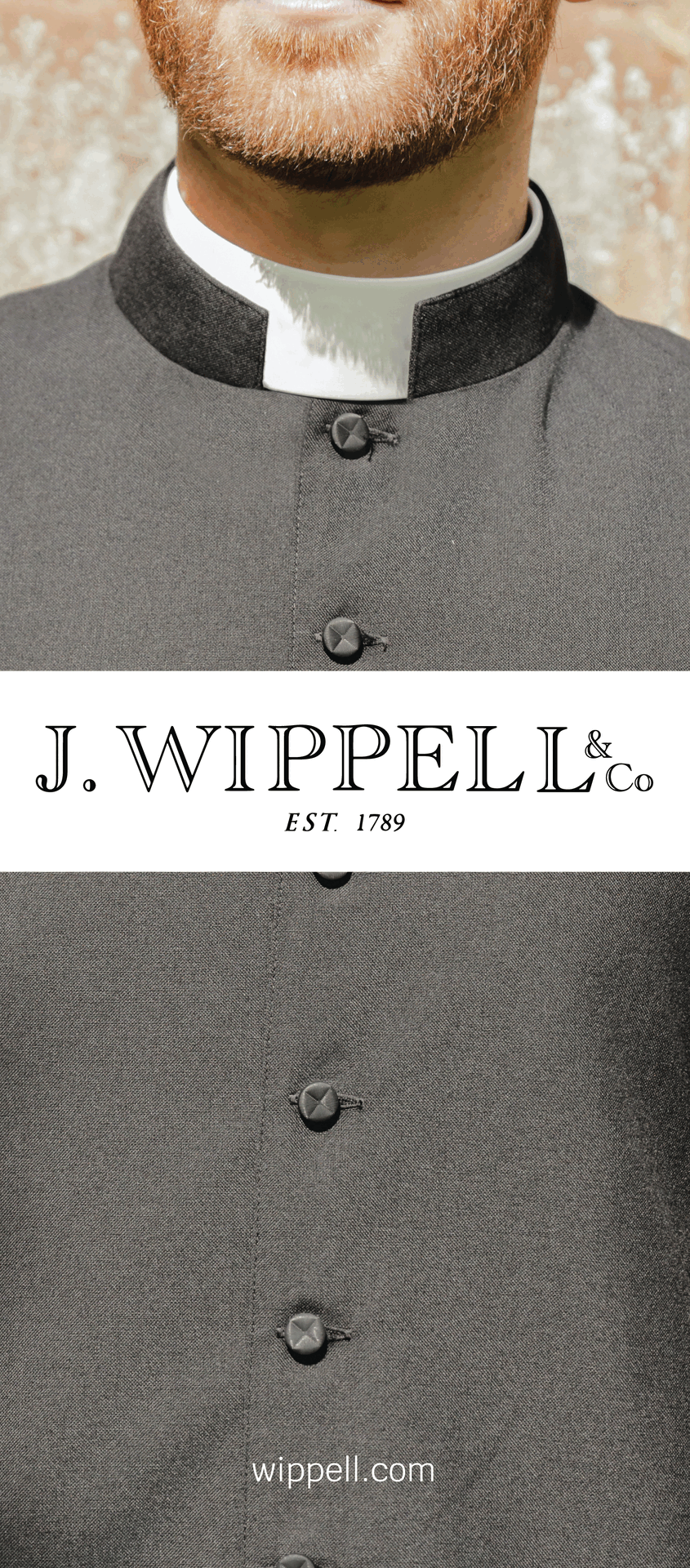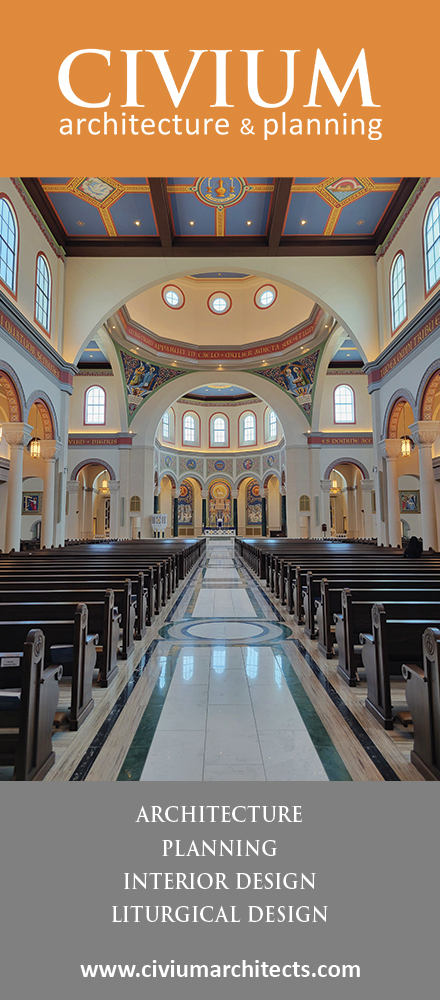In a post below Shawn draws our attention to the solemn Vespers celebrated by the FSSP Wigratzbad seminary on 7 March. I wanted to draw your attention to the church where this celebration took place, and especially to a special feature of this church during the current season of Lent.
The church is the church of the (former; it was dissolved, after more than 600 years, like so many others at the secularisation in 1802/03) Benedictine abbey of Irsee in Bavaria, diocese of Augsburg. Here are some pictures from the FSSP site which show the church.




No doubt you will have noted the extraordinary veils with which the altar pieces are veiled during Lent. They are originals from the early 18th century, painted probably by Fr Magnus Remy, a conventual of Irsee, who also painted the the high altar piece and the frescoes on the ceiling. They had been "forgotten" in the 1960s (we all can imagine how that "happened" ...) and have only been rediscovered in 2000. They were then restored with the help of the Ernst von Siemens Art Foundation and are in use again since last year. They are extraordinary not so much because of their size (the largest at the high altar is 7 m high and 3 m wide), but because the entire cycle of nine veils for all the altars has been preserved. It constitutes a thematic cycle that can be followed like the Stations of the Cross. It includes The Farewell of Jesus to His Blessed Mother, The Mount of Olives, The Kiss of Judas, The Arrest, The Flagellation, The Crowning with Thorns, The Carrying of the Cross, The Crucifixion and The Deposition from the Cross. Here are images of The Farewell and The Crowning with Thorns:


In the last picture you can see another feature of this church, not infrequent in the South German baroque - the ship pulpit:




